Strategies for Forest Fire Prevention and Recovery
- August 19, 2024
- 0 comment
Forest fires are among nature’s most destructive events, capable of wreaking havoc on ecosystems, communities, and local economies. With climate change driving more frequent and intense wildfires, implementing effective forest fire prevention and recovery strategies is more urgent than ever.
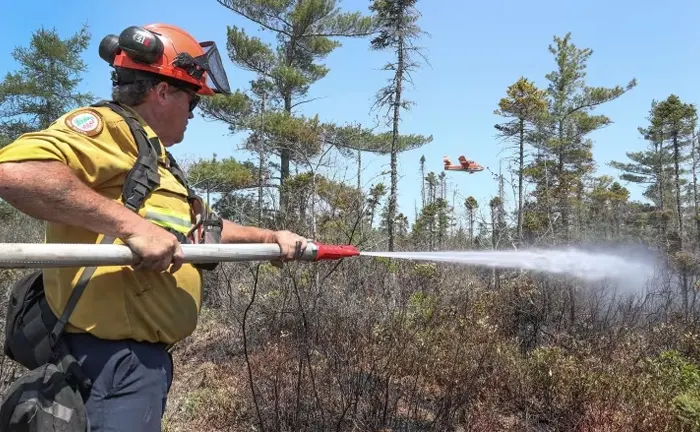
Proactive forest fire management relies on education, policy, technology, and community involvement to reduce risks and support recovery. This guide explores practical strategies for forest fire prevention and post-fire recovery, emphasizing the critical role of proactive measures in safeguarding our natural landscapes.
List of Strategies for Forest Fire Prevention and Recovery
- The Role of Climate Change in Wildfires
- Proactive Strategies for Forest Fire Prevention
- Fire-Resistant Vegetation and Landscaping
- Technology in Fire Prevention and Monitoring
- Community Engagement and Education
- Policy and Legislation for Forest Fire Prevention
- Economic Impacts of Forest Fires
Exploring Forest Fire Dynamics
Forest fires, or wildfires, are uncontrolled blazes that occur in wildland areas. They fall into three main categories: surface fires, crown fires, and ground fires. Surface fires burn low vegetation like grass and shrubs, while crown fires spread through treetops, often driven by strong winds. Ground fires burn organic matter deep in the soil and can smolder undetected for extended periods.
The causes of forest fires are varied and often interlinked. Natural triggers include lightning strikes, but human activities, such as unattended campfires, discarded cigarettes, and arson, play a major role. Fires can also ignite from power lines or industrial accidents, especially in areas with dry vegetation.
The effects of forest fires go far beyond burning vegetation. They disrupt ecosystems, force wildlife to flee or perish, and pollute the air with carbon dioxide and harmful gases. Communities face risks to public safety, destruction of infrastructure, and economic losses in industries like tourism and agriculture.
1. The Role of Climate Change in Wildfires
Climate change is a driving force behind the increasing frequency and intensity of wildfires. Rising global temperatures create drier conditions, lowering vegetation moisture and making it more prone to ignition. Prolonged droughts, exacerbated by climate change, further heighten fire risks by creating ideal conditions for rapid fire spread.

Seasonal patterns are shifting due to climate change, resulting in longer, hotter fire seasons. Regions like California and Australia are experiencing increasingly severe fire seasons, straining traditional firefighting methods and resources. These changes demand innovative approaches to wildfire prevention and management.
Tackling the impact of climate change on wildfires requires a multifaceted strategy. This includes cutting greenhouse gas emissions, adopting adaptive land management practices, and fostering fire-resilient communities. By addressing these factors, we can better integrate wildfire preparedness, forest management practices, and fire-resistant landscaping into effective prevention and recovery plans.
2. Proactive Strategies for Forest Fire Prevention
Preventing forest fires calls for a comprehensive approach that integrates community involvement, education, and effective forest management practices. One proven method is the use of controlled burns, or prescribed fires. These carefully planned and monitored fires help reduce the buildup of combustible materials like dry leaves and dead wood. By lowering the fuel load, controlled burns significantly decrease the likelihood of severe wildfires.

Forest management practices such as thinning overcrowded forests, removing invasive species, and promoting native vegetation are essential for reducing fire risks. Healthy, well-maintained forest ecosystems are less prone to large-scale fires. Achieving this requires collaboration among government agencies, local communities, and private landowners to implement sustainable land management techniques.
Community education and involvement are equally critical in fire prevention efforts. Public awareness campaigns about fire safety tips and risks can help minimize human-caused fires. Programs encouraging local participation in fire prevention activities foster a collective responsibility for protecting natural landscapes.
3. Fire-Resistant Vegetation and Landscaping
Incorporating fire-resistant vegetation into landscaping is a practical way to reduce wildfire risks, especially in urban-wildland interface areas. Native plant species are often more resilient to fire due to their natural adaptation to local climates. Planting these species can create natural firebreaks, helping to slow or stop the spread of wildfires.
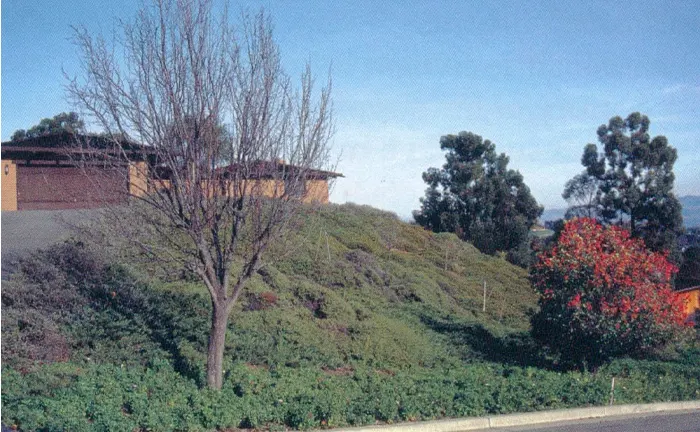
Creating defensible spaces around homes and buildings is another critical strategy. This involves maintaining a safe buffer zone by pruning trees, trimming shrubs, clearing dry debris, and ensuring vegetation is a safe distance from structures. These measures not only protect properties but also provide firefighters with a safer area to work when combating encroaching flames.
Urban-wildland interface management plays a key role in wildfire prevention. This approach emphasizes fire safety through land-use planning and building codes. Strategies include using fire-resistant construction materials and designing communities to minimize fire hazards while promoting landscape restoration.
4. Technology in Fire Prevention and Monitoring
Technological advancements are transforming forest fire prevention and monitoring, making responses faster and more efficient. Drones and satellites now provide real-time observation, enabling early fire detection and rapid containment. These tools deliver critical data on fire behavior, helping firefighting teams make timely and informed decisions during emergencies.
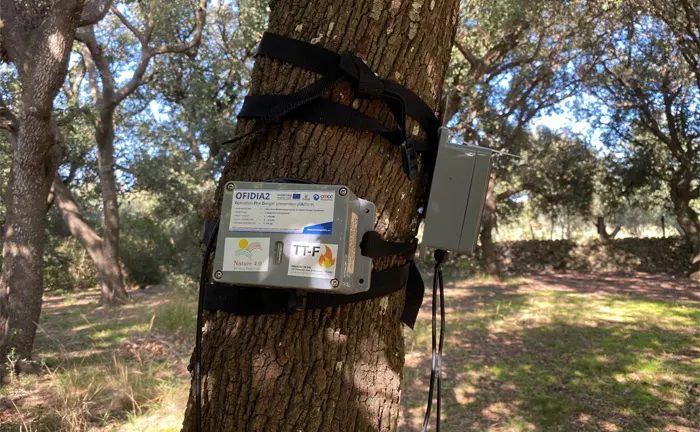
Automated fire detection systems, such as sensor networks and thermal imaging cameras, offer another layer of protection. These systems continuously monitor high-risk and remote areas, detecting fires at early stages and alerting authorities before they escalate into major threats.
Predictive modeling, powered by artificial intelligence and machine learning, is a game-changer in wildfire prevention. By analyzing factors like weather patterns, vegetation conditions, and historical fire data, these models can predict wildfire risks in specific regions, giving communities and authorities the opportunity to prepare in advance.
5. Community Engagement and Education
Community engagement is fundamental to effective forest fire prevention. Local residents play a critical role in reducing fire risks through active participation and awareness. Fire safety education programs equip individuals with the knowledge to implement fire prevention measures and protect their homes and neighborhoods from potential threats.
Volunteer firefighting programs further strengthen community resilience. By training volunteers in firefighting techniques and safety protocols, communities can enhance their response capabilities and foster a collaborative approach to wildfire management.
Involving communities in fire prevention efforts promotes a shared sense of responsibility for safeguarding local environments. Encouraging residents to participate in decision-making processes and work alongside local authorities helps tailor fire prevention strategies to the specific needs and challenges of their region.
6. Policy and Legislation for Forest Fire Prevention
Robust policies and legislation are essential for effective forest fire prevention. Governments play a pivotal role in creating fire prevention laws and regulations that establish standards for land management, building codes, and fire safety practices. These frameworks form the backbone of coordinated efforts to mitigate wildfire risks and protect both communities and ecosystems.
International collaboration is equally critical in tackling the global wildfire challenge. Cross-border partnerships and information-sharing initiatives, such as international fire management agreements, enable countries to exchange best practices, share resources, and strengthen prevention and response efforts.
Policymakers face the complex task of balancing ecological preservation with economic needs. Integrating fire management practices into land-use planning ensures that prevention strategies align with sustainable development goals while minimizing the risks of destructive fires.
7. Economic Impacts of Forest Fires
Forest fires impose significant economic costs, both direct and indirect, with effects that can ripple through local and national economies. Direct expenses include firefighting operations, property damage, and infrastructure repair, while indirect costs such as lost tourism revenue, business disruptions, and higher insurance premiums further deepen the economic strain.

Investing in fire prevention strategies yields substantial economic advantages. Proactive measures like controlled burns and forest management are often more cost-effective than responding to large-scale fires. By reducing the risk of wildfires, communities can save on suppression and recovery costs, preserving financial resources for other needs.
Regions reliant on natural resources and tourism are particularly vulnerable to wildfire impacts. Safeguarding these industries requires comprehensive prevention efforts that protect ecosystems and maintain the natural landscapes essential for attracting visitors and supporting local economies.
Case Studies of Successful Prevention Efforts
Examining real-world successes offers valuable lessons in forest fire prevention. One standout example is the Firewise USA program, which empowers communities across the United States to adopt proactive fire prevention measures. By promoting actions like creating defensible spaces and incorporating fire-resistant landscaping, Firewise USA has significantly reduced wildfire risks in at-risk areas.
In Australia, Indigenous fire management practices, often referred to as “cultural burning,” have proven highly effective in mitigating wildfire threats. These traditional techniques, practiced by Indigenous communities, involve controlled burns that maintain ecosystem health and prevent excessive buildup of flammable vegetation. This approach not only reduces fire risks but also respects cultural traditions and knowledge.
The European Union’s integrated fire management strategy highlights the importance of cross-border cooperation. By sharing resources and knowledge among member states, the EU has improved wildfire prevention and response capabilities. This collaborative approach minimizes fire impacts on communities and ecosystems, showcasing the value of international coordination.
Effective Recovery Strategies After Forest Fires
Recovering from forest fires is a multifaceted process requiring strategic planning and action. Restoring ecosystems involves rehabilitating damaged landscapes and encouraging the regrowth of native vegetation. Key reforestation efforts include planting native tree species and controlling invasive plants to rebuild healthy ecosystems and support biodiversity.
Wildlife recovery is equally critical, focusing on restoring habitats for species displaced or affected by fires. Initiatives such as creating wildlife corridors, implementing habitat restoration projects, and monitoring population recovery ensure that ecosystems can regain their natural balance.
Community recovery is a cornerstone of effective wildfire response. Offering financial assistance, rebuilding infrastructure, and providing mental health services help residents recover from the devastation. Actively involving communities in recovery projects fosters resilience and equips them to better handle future wildfire risks.
The Role of NGOs and Non-Profit Organizations
Non-governmental organizations (NGOs) and non-profits play a pivotal role in forest fire prevention and recovery efforts. Collaborating with governments, communities, and international partners, these organizations drive innovative solutions and provide critical resources to address wildfire challenges.
One of their key contributions is raising awareness about wildfire risks. Through education campaigns and community outreach, NGOs advocate for proactive fire management strategies, empowering individuals and communities to adopt preventative measures.
Partnerships with governments and local communities enable NGOs to develop and implement comprehensive fire management plans. Their expertise, coupled with on-the-ground support, strengthens efforts to prevent fires, restore ecosystems, and build resilient communities better prepared to withstand future wildfire threats.
Long-Term Environmental Monitoring
Long-term environmental monitoring is crucial for evaluating the success of recovery efforts and ensuring the sustainability of restored ecosystems. These programs assess changes in vegetation, wildlife populations, and overall ecosystem health, providing critical data to guide adaptive management strategies.
Advanced technologies like remote sensing and geographic information systems (GIS) significantly enhance post-fire monitoring. These tools offer detailed insights into vegetation regrowth, soil health, and habitat recovery, enabling researchers and policymakers to make data-driven decisions for effective management.
Continuous monitoring also helps detect emerging threats, such as invasive species or climate-driven changes, that could hinder recovery. By maintaining a forward-looking approach, forest managers can refine their strategies to address new challenges and ensure the long-term resilience of ecosystems.
Challenges in Forest Fire Prevention and Recovery
While progress has been made in fire prevention and recovery, significant challenges remain. Limited resources, such as funding and personnel shortages, often constrain the implementation of effective fire management strategies. Overcoming these hurdles requires increased investment and collaborative support from governments, organizations, and local communities.
Balancing ecological preservation with human needs adds another layer of complexity. Fire prevention measures must accommodate the interests of diverse stakeholders, including landowners, conservationists, and local residents. Collaborative approaches that align sustainable development with environmental protection can address these competing priorities.
Political and social barriers also pose challenges, as differing priorities and a lack of consensus can delay critical actions. Encouraging cooperation and open dialogue among stakeholders is key to overcoming these obstacles and fostering unified efforts in fire prevention and recovery.
The Future of Forest Fire Management
The future of forest fire management is rooted in innovation and research. Technological advancements, including artificial intelligence and machine learning, offer exciting opportunities to enhance fire prediction, monitoring, and response. Continued research into fire behavior, climate change impacts, and ecological restoration will drive the development of more effective strategies.
Policy and practice are also poised for transformation. Integrating traditional ecological knowledge into fire management and prioritizing community-based approaches can strengthen prevention and recovery efforts. Embracing diverse perspectives ensures that strategies are adaptable and inclusive, addressing the unique needs of different regions.
As wildfires grow in frequency and intensity, the urgency for proactive measures cannot be overstated. Investing in prevention, recovery, and innovative solutions will be essential to safeguarding ecosystems, protecting communities, and minimizing economic losses caused by forest fires.
Final Concluding Thoughts
Proactive forest fire prevention and effective recovery are vital for protecting our natural landscapes, communities, and economies. Understanding the causes and impacts of wildfires, coupled with implementing comprehensive strategies, can significantly reduce the risk of destructive fires. Collaboration among governments, organizations, and local communities is key to fostering resilient ecosystems and promoting sustainable practices.
The future of forest fire management hinges on embracing innovative technologies, adapting to evolving challenges, and integrating diverse perspectives into fire prevention and recovery efforts. By prioritizing the protection of our forests and environment, we can build a more resilient future, ensuring that these critical ecosystems thrive for generations to come.
Frequently Asked Questions (FAQs)
- What are the main causes of forest fires?
Forest fires can be caused by natural factors such as lightning strikes or by human activities like unattended campfires, discarded cigarettes, and arson. Climate conditions, such as prolonged droughts and high temperatures, also contribute to the risk of wildfires. - How does climate change affect the frequency of forest fires?
Climate change increases the frequency and intensity of forest fires by creating hotter, drier conditions that make vegetation more susceptible to ignition. Longer fire seasons and altered weather patterns also contribute to the increased risk of wildfires. - What role do controlled burns play in preventing wildfires?
Controlled burns, or prescribed fires, are used to reduce the accumulation of combustible materials in forests, such as dead wood and dry leaves. By decreasing the fuel load, controlled burns help prevent more severe wildfires from occurring and maintain healthy forest ecosystems. - How can communities contribute to forest fire prevention?
Communities can contribute to forest fire prevention by participating in fire safety education programs, creating defensible spaces around properties, and engaging in volunteer firefighting initiatives. Local residents can play a crucial role in reducing fire risks and enhancing community resilience. - What are the economic benefits of investing in fire prevention strategies?
Investing in fire prevention strategies reduces the financial impact of wildfires by preventing costly damage and recovery efforts. Proactive measures, such as controlled burns and forest management, are often more cost-effective than responding to large-scale fires and help protect local economies and industries. - How do NGOs contribute to forest fire prevention and recovery efforts?
NGOs play a vital role in raising awareness about wildfire risks, advocating for effective fire management policies, and implementing innovative solutions. Through partnerships with governments and communities, NGOs provide essential resources and expertise to support prevention and recovery initiatives.

Gilbert Griffin
Forestry AuthorGilbert Griffin is a forest management expert specializing in sustainable practices, forest health, conservation, and land management. With extensive knowledge in pest control, disease management, and habitat restoration, Gilbert develops strategies to preserve forest ecosystems and biodiversity. Passionate about the natural world, Gilbert adapts to changes in forest management and stays updated through continuous learning. Gilbert also provides seasonal advice to optimize forest care throughout the year.

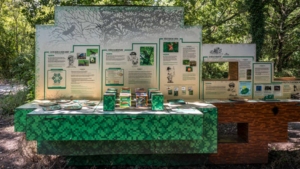


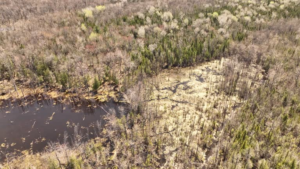



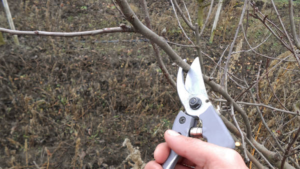
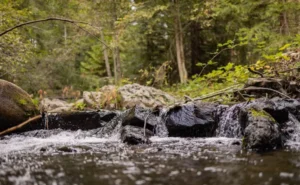
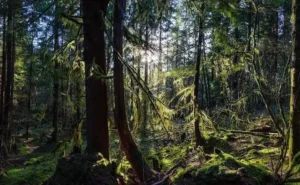
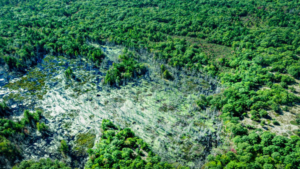

Leave your comment